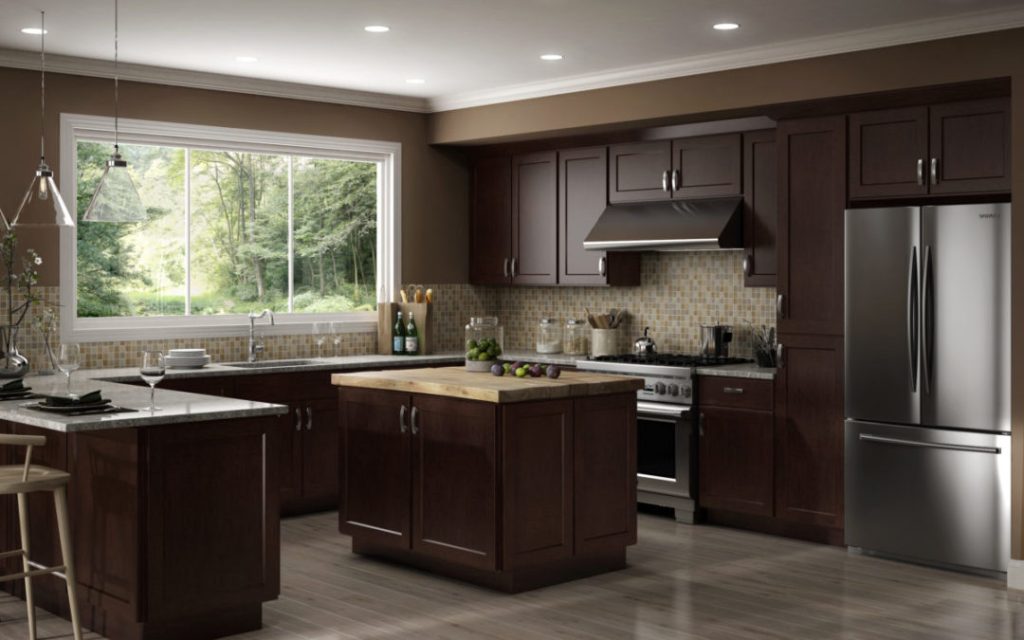
Choosing the right kitchen cabinets is a critical step in transforming your kitchen from a functional space into a culinary haven. The perfect cabinets blend style, functionality, and your personal aesthetic, making meal preparation a joy. Many homeowners grapple with the overwhelming selection of cabinet styles and sizes, not to mention the myriad storage options and design choices available. This thorough guide offers practical advice on selecting the ideal kitchen cabinets, guiding you through the process of matching style with storage needs and budget considerations. We’ll explore varied cabinet styles, materials, and storage solutions, ultimately empowering you to create a kitchen that’s both beautiful and functional. This guide will cover choosing the right cabinet style, ensuring enough storage, and staying within budget.
Understanding Your Kitchen Cabinet Needs
Assessing Your Kitchen Style and Storage Needs
Choosing kitchen cabinets should begin with a clear understanding of your kitchen’s overall aesthetic and how you intend to utilize the space. Consider the prevailing style of your home; modern, farmhouse, or traditional? Do your existing countertops and appliances need to blend with the style of your new cabinets? These considerations are pivotal in matching the chosen style with the rest of your kitchen design. Beyond aesthetics, determine the exact amount of storage you require, and decide on the desired level of functionality. Some crucial elements to consider in determining your needs include the frequency of food preparation, the number of people who use the kitchen daily, and the type of cooking you do regularly. Do you need ample countertop space for food preparation or a pantry for storing extra provisions? Assessing your daily routine in the kitchen is crucial when determining the ideal storage solutions. This knowledge aids you in achieving an maximized workflow when preparing meals.
Exploring varied Kitchen Cabinet Styles
Contemporary vs. Traditional Styles
Contemporary kitchen cabinets, often characterized by clean lines, sleek surfaces, and minimalist design, lend themselves beautifully to modern kitchens, enhancing the open-plan idea prevalent in many new homes. Traditional cabinets, on the other hand, evoke a timeless elegance, often incorporating intricate details and a more ornate appearance. Traditional cabinets frequently boast deeper tones and rich textures, adding a warm, inviting ambience to your kitchen. If your house follows a traditional architectural style, traditional cabinets can complement its design seamlessly. For example, if you’re looking for a warm and cozy feel for your kitchen, traditional cabinets might be the optimal option.
selecting Cabinet Materials
Durability, Aesthetics, and Budget
The material of your cabinets significantly impacts their lifespan and aesthetic appeal. Solid wood cabinets, often considered a premium choice, offer unmatched durability and timeless beauty. However, they often come with a higher price tag. Alternatively, manufactured wood cabinets, typically made from composite wood or engineered wood, offer a more affordable solution while maintaining decent durability. These types of cabinets are very cost-effective and often come in a vast array of finishes and designs, matching the majority of existing kitchen styles. Consider the overall budget and the long-term desired lifespan of the cabinets when choosing the right material. Laminate cabinets, although budget-friendly, may not be as durable as solid wood and might not have as many design options.
Maximizing Storage Solutions
Customizing Cabinetry for Efficiency
Integrating clever storage solutions is paramount for an efficient kitchen. Consider adding pull-out shelves and drawers for easy access to frequently used items. Lazy Susans and spice racks can enhance accessibility for pantry items. Incorporating additional shelves in areas like under-sink areas can improve storage efficiency. Custom cabinetry, while more expensive, allows for a tailored design that fits your specific needs, ensuring maximal use of the available space. For example, if you’re a passionate baker, dedicated storage solutions for your baking utensils and equipment could be a huge improvement to your work efficiency.
Staying Within Budget
Prioritizing Needs Over Wants
Kitchen cabinet projects can vary widely in cost. Budget-friendly options include laminate cabinets, painted cabinets, or using existing cabinets in a kitchen remodel. Avoid getting lured by flashy designs and instead focus on achieving a balance between your design preferences and financial constraints. Prioritize essential attributes like ample storage and countertop space to maximize your kitchen’s functionality. For example, instead of choosing high-end, luxury cabinetry options, you could opt for simpler cabinetry designs that are more affordable.
In conclusion, choosing the right kitchen cabinets is a crucial decision that significantly impacts the aesthetics, functionality, and value of your kitchen. By carefully considering style preferences, storage needs, and budget, you can select cabinets that meet your specific requirements and enhance your culinary space. Remember to study varied cabinet materials, explore various kitchen design styles, and prioritize both visual appeal and practicality. If you’re still unsure about making the right decision, consider consulting a kitchen designer or home improvement specialist. Don’t delay, elevate your kitchen today!